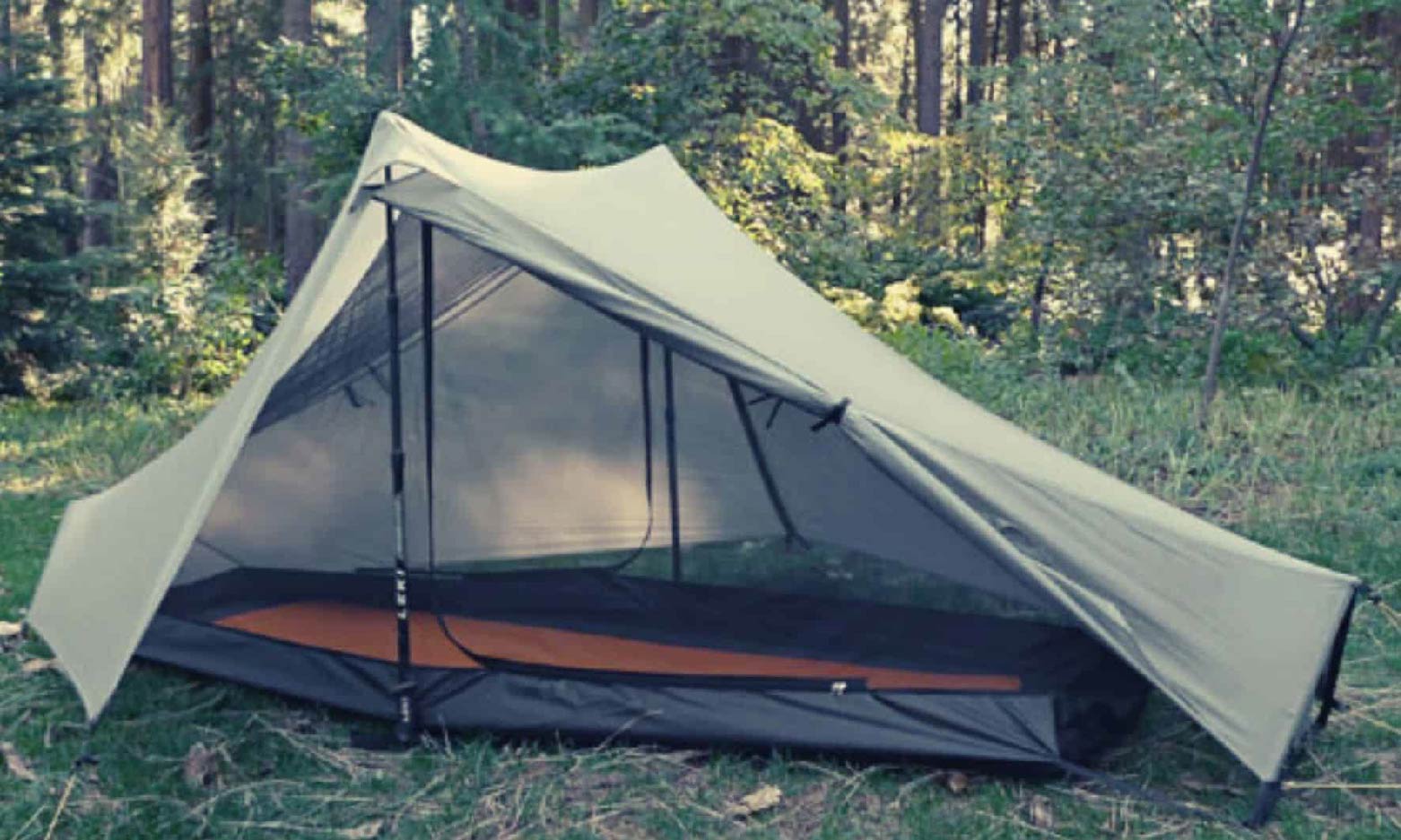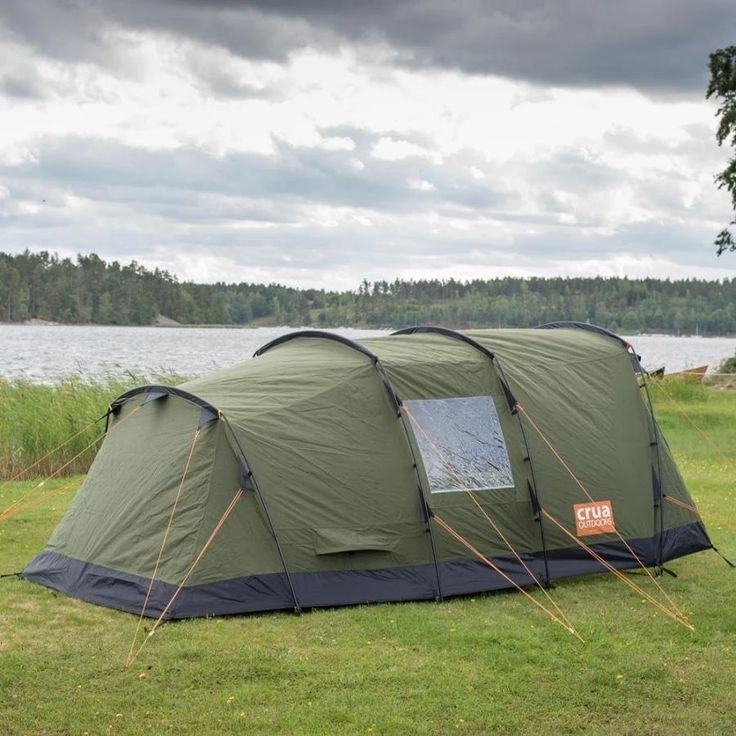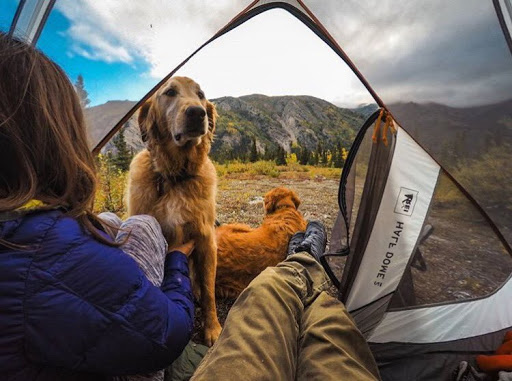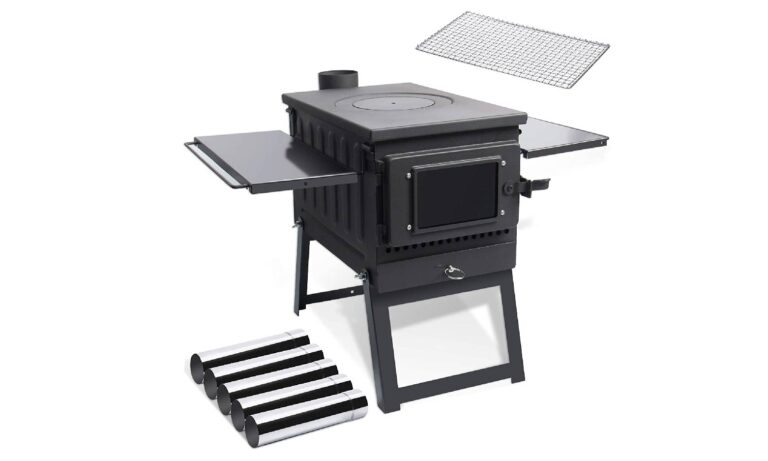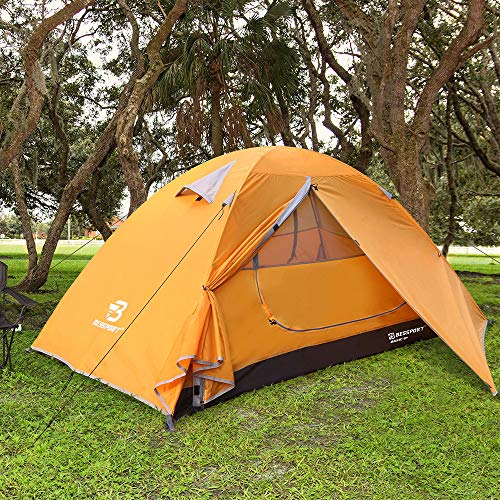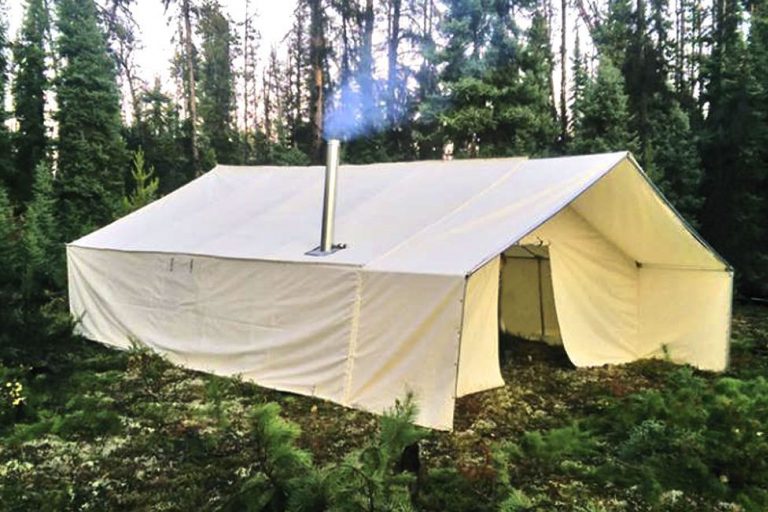Trekking Pole Tents: The Tarptent Notch Review
The Tarptent Notch is one of the lightest trekking pole tents available in today’s market. And coming from the famous manufacturer Tarptent, the expectations for this product are naturally high. But is the Tarptent Notch tent worth your money? Find out in our detailed Tarptent Notch review.
Table of Contents
The Features In A Glance
The Tarptent Notch tent comes with some excellent features. Let us first take a look at all that this tent has to offer at an easy glance.
- The Tarptent Notch is a very lightweight tent.
- The canvas is adequate for a person and their belongings, but not much more.
- The tent has two trekking poles for support.
- It features two walls, two entrances, and two vestibules.
- A separate living area detaches and attaches up to the fly.
- It also features a personal living space that is set up separately.
- It is equipped with roomy vestibules for great gear storage.
- The Tarptent Notch includes folding PitchLoc corners and a tight pitch.
- There are reflective spectral cord guylines as well.
- Setting up takes only one minute from the bag to the ground.
The Setup
It’s relatively simple to set up the Tarptent Notch. You simply need a few mins to do this. At first, merely lay the tent down on the surface. Set the length of your trekking staff at 110 – 115 centimeters. The strut ends should be split apart when you remove one side of the cover. After that, drive a stake into the floor through the guyline ring. And on the other end, repeat the process.
The trekking pole should then be inserted through a duct aperture handle end first so that the head of the pole fits into the grommets on the bottom of the vent. To the opposite side vent, do it all over again. Once the cover is tight, draw the ridgelines apart. Then when the contour is uniform, and the ridge is hardly curved, alter end pressures and the placement of the vertical poles. And that is it; your tent is all up.
The Detailed Review
With a Silnylon structure that can last three seasons, the Tarptent Notch is an excellent single-person tent. It has two entrances and two vestibules on a dual-wall lightweight tent totaling 27 ounces. Additionally, the packing size is relatively small and very light. The rain fly has a detachable inner nest that may be set up as a freestanding tarp or a full double-walled shelter according to your needs. This inner nest includes the bathtub bottom.
The Notch is a double apex cover, which means it has two parts and requires two trekking sticks to set up. This style offers a lot more room for a sleeper than a pyramid-shaped tarp with a central pole. The tent’s modest dimensions and narrow width make it ideal for setting up in confined spaces where a somewhat bigger shelter cannot be pitched.
Additionally, The Notch increases livability by allowing more space between the tent roof and the tops of your legs and head. The Notch is simple to pitch in extremely congested forests with few potential campsites in between trees because of its tiny footprint or the amount of floor area needed to set it up.
An interior netting and rain fly are features of the Notch. It is possible to put up the rain fly on your own. It is fantastic for vacations where insect protection is unnecessary. It makes the shelter lighter and more portable. Additionally, the internal netting can be put in place separately. If the bath floor becomes too high, it will contact the fly somewhere at the top and allow water to infiltrate the interior because it will be in contact with the fly in case there is any moisture.
The Notch includes two zippered vestibules for excellent ventilation and locks toggle switches all along jacket sleeves for rolling up the lateral doors. You may control the degree of circulation by pitching the fly low or high, depending on how much space you want between the floor and the end of the fly. The latter is helpful during storms and periods of heavy rain when you want to keep the tent as dry as possible and prevent water from seeping in through the fly and out onto your living room area.
If the atmosphere is favorable and there isn’t any rain, you can increase ventilation by pulling back the fly flaps. Alternately, you may simply connect the clasp at the zipper’s bottom to retain the fly door in place while opening the zipper upon that fly. These are particularly handy in cooler temperatures to stop the wind from blowing chilly air over your feet and head and in hotter seasons to stop perspiration in the same places. If it won’t shower and you want to avoid using the fly, you can alternatively build the interior chamber as a separate unit.
Conclusion
In summary, the Tarptent Notch is a light, inexpensive tent that is simple to operate. Although other, seemingly better options are available in the market, the Tarptent Notch is not a bad option for trekkers. We hope our Tarptent Notch review helped you find everything you were looking for. Make sure to choose the tent that suits your needs and have fun on your trekking journeys!
Frequently Asked Questions
Q. Will a long or wide sleeping mat stay on the Notch?
Yes, the Tarptent Notch can house a relatively long or wide sleeping mat. For example, 76 inches by 25 inches, or 193 centimeters by 64 centimeters sleeping bags will fit in the Notch.
Q. Is the Notch suitable for the winter?
The tent structure can sustain minimal to medium snow loads. Setting the apex guylines will help reinforce the ridge and choose the partially solid core to maximize warmth.
Q. Are there any extra withdrawal points available for more staking?
Yes. In the Tarptent Notch, the arched sleeves and outer hem have extra pullouts.
You can also read: What Is A Tent Vent?
